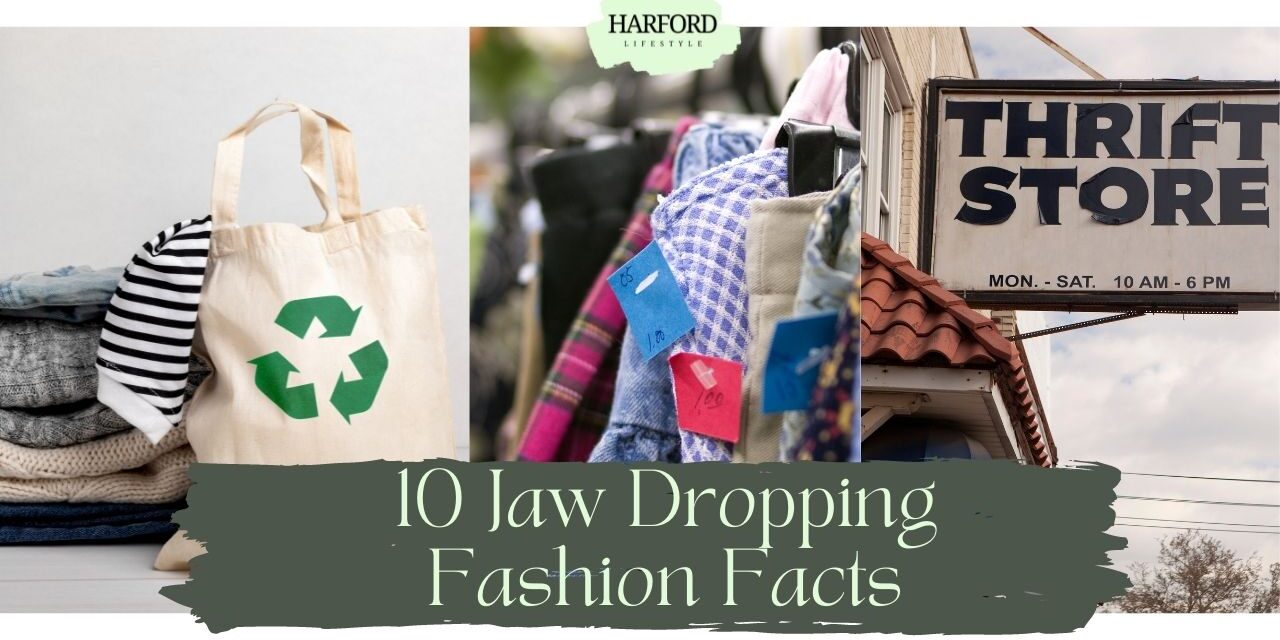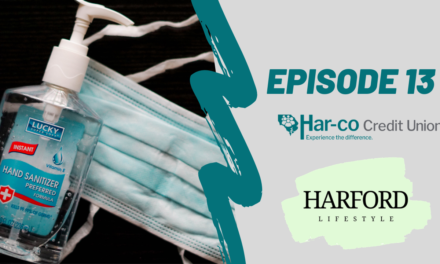While it may come as a surprise to some, fashion is one of the highest polluting industries in the world. Energy, transportation, and agriculture rank as the top polluters—but the fashion industry isn’t far behind. If you’d like to make an attempt not to add to the landfill pile, try giving your clothing a second life! Consider the following facts before your next shopping spree:
- As fast fashion has overtaken the fashion industry, a huge amount of unneeded water usage comes with it. A whopping 2700 liters of water is needed to make just one t-shirt, equivalent to two and a half years’ worth of drinking water for one person. Add another 7000 liters for a pair of jeans!
- Only 12% of clothing material ends up being recycled.
- Three out of four garments end up in landfills or are incinerated.
- The fashion industry emits 10% of global carbon emissions.
- 20% of global industrial water pollution comes from the treatment and dyeing of textiles.
- An estimated 400 billion square meters of textiles are produced annually, with 60 billion square meters of waste left on cutting room floors.
- Around 2,000 different chemicals are used in textile processing.
- Americans buy twice as many items of clothing as they did 20 years ago!
- Extending the life of clothing by 9 months or more would reduce carbon, waste, and water footprints by 20-30% each.
- While cotton is highly renowned and commonly used, there are several negative factors surrounding it. It is considered one of the dirtiest crops due to its high consumption of insecticides. Cotton fields cannot be reused for any other crop due to the amount of fertilizer and pesticides remaining in the soil.
- Many outdoor clothing brands have innovated responsible practices when it comes to their production process. Patagonia was the first brand to create a polyester fleece out of water bottles, and continues to be a strong voice for environmental protection and conservation.
While these facts are alarming, you can be a part of change! Purchase second-hand by finding a local thrift store, or using online apps such as Depop, Poshmark, Facebook marketplace, Curtsy, etc. Shop small and local or find brands that use recycled materials to do your part, and always donate clothing rather than trash it. 60% of millennials claim they want to shop more sustainably, it’s up to you if you want to do the same!
Collaborative Piece by Taylor Nicole Fashion and HL Staff





